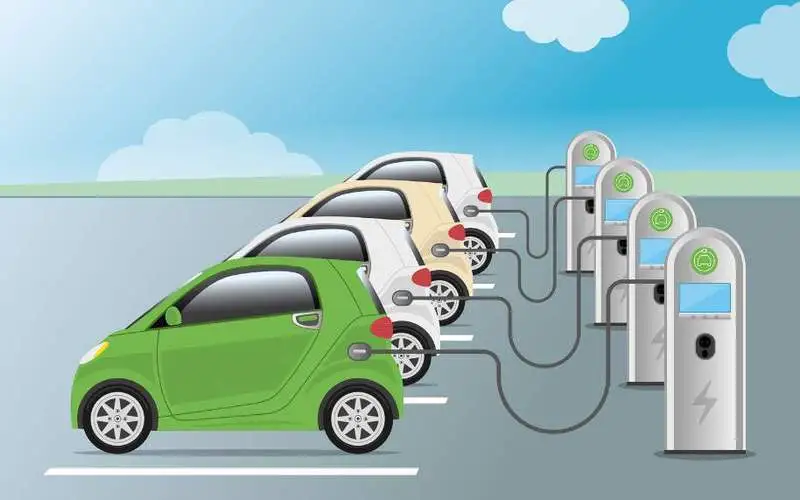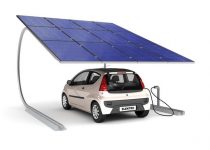What are some ways to improve the energy efficiency of electric vehicles

Improving the energy efficiency of electric vehicles (EVs) is crucial to extending their driving range, reducing charging frequency, and minimizing their environmental impact. Here are some ways to enhance the energy efficiency of electric vehicles:
- Optimize battery technology: Advances in battery chemistry and design can lead to higher energy density and improved efficiency. This includes developing new materials, reducing internal resistance, and enhancing thermal management systems to maintain optimal battery performance.
- Lightweight design: Reducing the overall weight of an EV can significantly improve its energy efficiency. This can be achieved by using lightweight materials such as aluminum, carbon fiber, or advanced high-strength steel and optimizing vehicle design to minimize unnecessary weight.
- Aerodynamics: Enhancing the aerodynamics of an EV can reduce air resistance and improve energy efficiency. This can involve optimizing vehicle shape, incorporating active aerodynamic features, and reducing drag-inducing elements.
- Regenerative braking: Regenerative braking systems capture kinetic energy that would otherwise be lost as heat during braking and convert it back into electricity to recharge the battery. This can help improve overall energy efficiency by reducing the energy needed from the grid.
- Efficient electric motor design: Developing more efficient electric motor designs, such as using better materials, optimizing winding patterns, and incorporating advanced cooling systems, can help improve energy conversion efficiency and overall vehicle performance.
- Energy-efficient tires: Low rolling resistance tires can reduce the energy required to propel an EV, leading to improved energy efficiency. These tires are designed to minimize friction and heat generation without compromising safety and handling.
- Energy management systems: Advanced energy management systems can optimize various vehicle functions, such as heating, ventilation, and air conditioning (HVAC), lighting, and power distribution, to minimize energy consumption and improve overall efficiency.
- Eco-driving modes: Many EVs offer eco-driving modes that optimize the vehicle’s performance for maximum efficiency. This can include modifying the throttle response, adjusting the HVAC system, and implementing more aggressive regenerative braking.
- Smart charging and energy management: Integrating EVs with smart grid technology and intelligent energy management systems can help optimize charging schedules, minimize energy costs, and reduce strain on the grid during peak demand periods.
- Driver behavior: Educating drivers about efficient driving techniques, such as gradual acceleration, maintaining a constant speed, and avoiding aggressive braking, can help improve the energy efficiency of electric vehicles.
By implementing these strategies and focusing on continuous improvement, automakers and EV owners can enhance the energy efficiency of electric vehicles, ultimately leading to longer driving ranges, reduced charging times, and a more sustainable transportation system.


